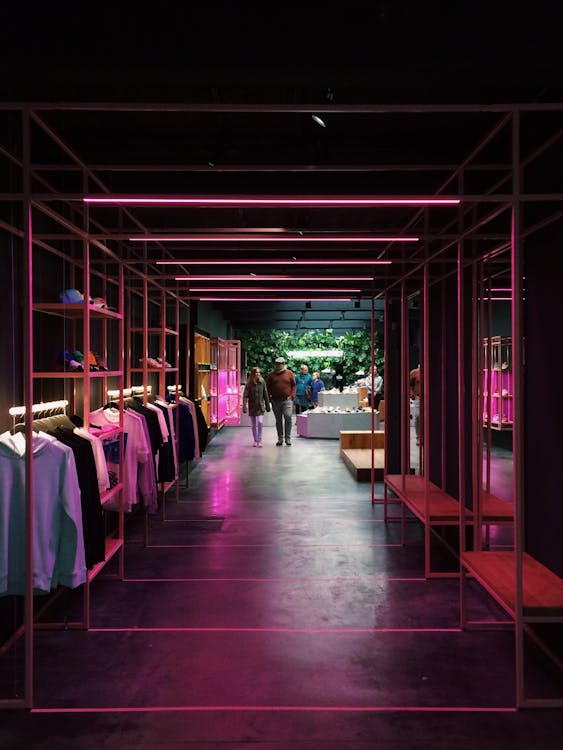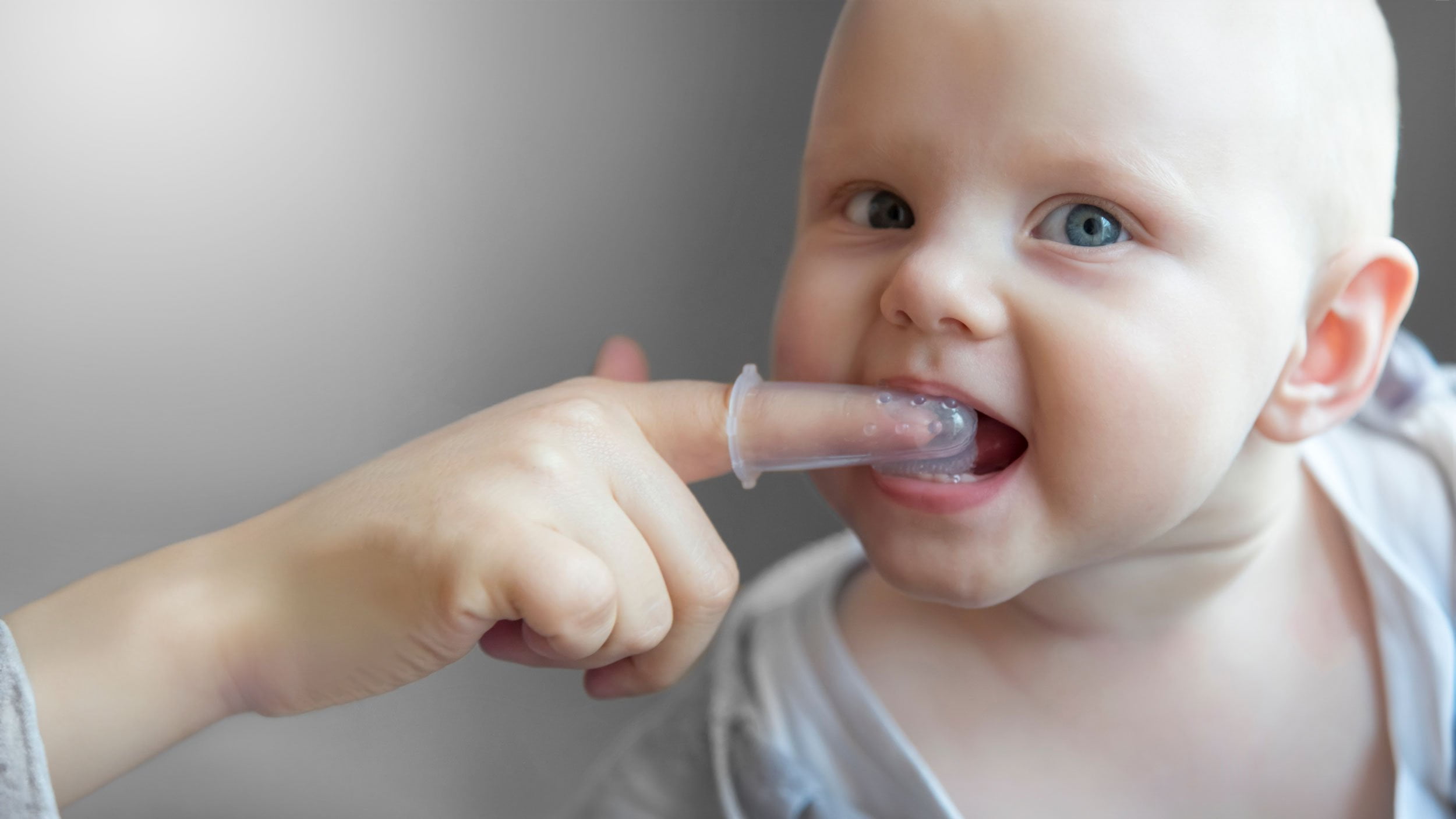Table of Contents
- What Exactly IS Open-Ended Play? (Hint: It’s All About Freedom)
- The Science Behind Play and Creativity: More Than Just Fun and Games
- Benefits Beyond Creativity: Nurturing the Whole Person
- Creating Environments that Spark Open-Ended Play
- Open-Ended Play Isn’t Just for Kids! Rekindling Adult Creativity
- Actionable Tips to Get Started Today
- Conclusion: Play Your Way to a More Creative Future
Unlock Your Inner Genius: How Open-Ended Play Fuels Unstoppable Creativity
Remember those long childhood afternoons spent transforming a cardboard box into a spaceship, a pile of blankets into a hidden fortress, or mud into elaborate culinary creations? There were no instructions, no right or wrong answers, just pure, unadulterated imagination at work. That, my friends, is the magic of open-ended play, and it’s not just child’s play. It’s a powerful catalyst for unlocking the kind of creativity and innovation that we crave throughout our lives.
In a world increasingly focused on structured activities, standardized tests, and predetermined outcomes, we often overlook the profound developmental and cognitive benefits of simply letting go and playing freely. But what if I told you that embracing the principles of open-ended play could be the key to enhancing your problem-solving skills, boosting your divergent thinking, and reigniting your creative spark, whether you’re 5 or 55? Let’s dive into the fascinating world of open-ended play and discover how it shapes us into more adaptable, imaginative, and ultimately, more creative beings.
What Exactly IS Open-Ended Play? (Hint: It’s All About Freedom)
So, what distinguishes open-ended play from, say, building a specific LEGO set following instructions or playing a board game with fixed rules? At its core, open-ended play is defined by its lack of predetermined limitations, rules, or goals. It’s driven entirely by the player’s interests, whims, and imagination.
Think of it as the difference between a coloring book (closed-ended – specific lines to stay within, expected colors) and a blank sheet of paper with a box of crayons (open-ended – infinite possibilities). One has a defined outcome, the other is an invitation to explore.
No Right or Wrong Answers
In open-ended play, there’s no single ‘correct’ way to do things. A block can be a phone, a car, a piece of food, or just a block. This freedom from judgment encourages experimentation and risk-taking without the fear of failure. When the pressure to be ‘right’ is removed, the mind is free to explore unconventional ideas – a cornerstone of creative thinking.
Process Over Product
While closed-ended activities often focus on achieving a specific result (completing the puzzle, winning the game), open-ended play celebrates the *process* of exploration itself. The joy comes from the doing, the experimenting, the imagining. This focus on the journey, rather than just the destination, cultivates persistence, adaptability, and a willingness to tinker – all vital components of the creative process.
Child-Led (or Individual-Led) Exploration
True open-ended play is directed by the participant, not an external authority. Children (or adults!) decide what to play with, how to play with it, and when the play evolves or ends. This autonomy fosters intrinsic motivation, self-confidence, and a deeper engagement with the activity, allowing imagination to truly take flight.
The Science Behind Play and Creativity: More Than Just Fun and Games
The link between play and creativity isn’t just intuitive; it’s backed by neuroscience and psychology. Engaging in open-ended play actively shapes the brain, particularly the prefrontal cortex, which is responsible for executive functions like planning, decision-making, and, crucially, divergent thinking.
Divergent Thinking: The Spark of Innovation
Divergent thinking is the ability to generate multiple unique ideas or solutions to a problem. It’s about thinking “outside the box.” Open-ended play is like a workout for this cognitive muscle. When a child uses a stick as a wand, a sword, and then a fishing rod, they are practicing divergent thinking – seeing multiple possibilities in a single object. This flexibility of thought is fundamental to creativity and problem-solving in all areas of life.
Building Flexible Mindsets
Play allows us to mentally juggle ideas, scenarios, and perspectives. When children engage in pretend play, they step into different roles, navigate complex social scenarios (imagined or real), and adapt their ‘script’ on the fly. This constant mental juggling builds cognitive flexibility – the ability to switch between different concepts or adapt behaviour to achieve goals in a novel environment. A flexible mindset is essential for adapting to change and finding innovative solutions.
Risk-Taking in a Safe Space
Creativity often involves stepping into the unknown and trying something new, which inherently involves risk. Open-ended play provides a safe, low-stakes environment to practice this. Trying to balance blocks in a precarious tower or mixing paint colors without knowing the outcome teaches children (and reminds adults) that experimentation and occasional ‘failure’ (like the tower falling) are part of the learning and creative process. This builds resilience and a willingness to try unconventional approaches later in life.

Benefits Beyond Creativity: Nurturing the Whole Person
While the boost to creativity is significant, the positive effects of open-ended play ripple outwards, impacting various aspects of development and well-being.
Sharpening Problem-Solving Skills
How do we make this tower taller without it falling? What can we use to build a bridge across this gap? Open-ended play constantly presents mini-challenges that require critical thinking, planning, and trial-and-error. Children learn to identify problems, brainstorm solutions, test them out, and adapt their strategies – the very definition of effective problem-solving.
Boosting Social and Emotional Intelligence
Much open-ended play happens collaboratively. Children learn to negotiate roles (“You be the dragon, I’ll be the knight!”), share materials, communicate their ideas, understand others’ perspectives, and navigate disagreements. This builds crucial social skills like cooperation, empathy, and conflict resolution. Furthermore, acting out different scenarios and emotions in pretend play helps children process their own feelings and develop emotional literacy.
Developing Language and Communication
Describing their creations, narrating stories, negotiating roles, and asking questions during play significantly expands vocabulary and develops communication skills. Children practice expressing complex ideas and understanding others, strengthening both receptive and expressive language – essential tools for sharing creative thoughts.
Creating Environments that Spark Open-Ended Play
Fostering open-ended play doesn’t necessarily require expensive toys or elaborate setups. It’s more about creating the right conditions for imagination to flourish. Whether you’re a parent, educator, or just looking to inject more playfulness into your own life, here’s how to set the stage:
Curating the Right Materials: Think Simple and Versatile
The best toys for open-ended play are often the simplest. Look for materials that can be used in multiple ways:
- Loose Parts: This is a cornerstone of open-ended play. Think natural items (sticks, stones, shells, leaves), recycled materials (cardboard boxes, tubes, fabric scraps, bottle caps), and basic craft supplies (buttons, yarn, popsicle sticks).
- Basic Building Blocks: Wooden blocks, magnetic tiles, or even simple LEGO bricks without specific instructions offer endless construction possibilities.
- Art Supplies: Blank paper, crayons, paint, clay, playdough – tools for free expression.
- Dress-Up Clothes & Props: Scarves, hats, old clothes, and simple props can transform identities and fuel imaginative scenarios.
- Sensory Materials: Sand, water, mud, beans, rice offer tactile exploration opportunities.
Avoid toys that do most of the ‘playing’ themselves (e.g., electronic toys with limited functions). The more a toy does, the less the child has to do (or imagine).
Setting the Stage: Time, Space, and Attitude
- Provide Ample Time: Creativity doesn’t thrive on a tight schedule. Allow for long, uninterrupted blocks of time for play to unfold organically.
- Designate Space (Indoors & Outdoors): Have areas where messiness is acceptable and materials are accessible. Nature is the ultimate open-ended playground!
- Cultivate a ‘Yes’ Attitude: Encourage exploration and experimentation. Instead of saying “Don’t use that like that,” try asking “What are you discovering?” or “What happens if you try…?”
The Role of the Adult: Facilitator, Not Director
Your role isn’t to lead the play, but to support it. Observe what’s happening. Offer materials if needed, but resist the urge to dictate the narrative or ‘fix’ their creations. Ask open-ended questions that encourage deeper thinking, like:
- “I wonder what would happen if…”
- “Tell me about what you’re making.”
- “What else could you use that for?”
Sometimes, the best support is simply being present and showing interest without interfering.
Embracing Mess and Imperfection
Open-ended play can be messy. Paint gets spilled, blocks tumble, mud gets tracked inside. Learning to tolerate (and even embrace) a certain level of chaos is crucial. Focus on the process and the learning happening, rather than striving for tidiness or perfect outcomes. Remember, creativity often thrives in organised chaos!
Open-Ended Play Isn’t Just for Kids! Rekindling Adult Creativity
Somewhere along the path to adulthood, many of us stop playing. We become focused on productivity, efficiency, and ‘serious’ pursuits. But suppressing our playful instincts can stifle our creativity, limit our problem-solving abilities, and lead to burnout. The principles of open-ended play are just as relevant for adults.
Rekindling Adult Creativity
Engaging in activities without a specific goal, just for the joy of exploration, can break down creative blocks. Doodling without purpose, experimenting with a new recipe without strictly following it, tinkering with objects, or engaging in improvisational activities can unlock new perspectives and ideas. It helps us reconnect with our intuition and silence our inner critic.
Incorporating Play into Work and Life
Progressive workplaces are increasingly recognizing the value of play for fostering innovation and team cohesion. This might look like:
- Brainstorming sessions using playful prompts or materials (like LEGO Serious Play).
- Creating ‘maker spaces’ or areas with tools for tinkering.
- Encouraging ‘play breaks’ for unstructured thinking time.
- Using games or improv exercises for team building.
In personal life, it means making time for hobbies pursued purely for enjoyment, not mastery or production. It’s about embracing curiosity and trying new things without pressure.

Examples of Adult Open-Ended Activities
- Freewriting or journaling without a specific topic.
- Improvisational cooking – using ingredients on hand without a recipe.
- Abstract painting or sculpting.
- Mind mapping ideas freely.
- Building or tinkering with electronics, wood, or other materials without a set plan.
- Exploring nature without a destination.
- Dancing freely to music.
Actionable Tips to Get Started Today
Ready to inject more open-ended play into your life or the lives of children you care about? Here are some practical steps:
- Start Simple: Introduce one or two versatile materials, like a basket of fabric scraps or some cardboard boxes. Don’t overwhelm with choices initially.
- Observe First: Before jumping in, watch how children (or you!) naturally interact with materials or their environment. What sparks interest?
- Prioritize Time: Schedule unstructured time. Protect it from competing activities. Even 30 minutes of dedicated free play can make a difference.
- Go Outside: Nature is the ultimate open-ended environment. Sticks, mud, leaves, water – the possibilities are endless.
- Reduce Screen Time: While some digital activities can be creative, passive screen consumption often displaces active, imaginative play.
- Declutter Toys: Remove toys with limited functions or those that prescribe play. Rotate toys to keep things fresh.
- Ask Open-Ended Questions: Engage curiosity rather than providing answers.
- Model Playfulness: Show that you value play by engaging in it yourself! Be silly, experiment, and embrace imperfection.
- Value the Process: Compliment effort, imagination, and experimentation, not just the final product. (“Wow, you worked really hard on that tower!” or “I love how you used those shells.”)
- Trust the Process: Children are naturally curious and imaginative. Provide the right environment, then step back and trust them (and yourself) to explore.

Conclusion: Play Your Way to a More Creative Future
Open-ended play is far more than just a way to pass the time. It’s a fundamental human activity that sculpts our brains, hones our thinking skills, and fuels our innate creativity. By providing opportunities for unstructured exploration – free from rigid rules and expectations – we cultivate essential skills like divergent thinking, problem-solving, adaptability, and resilience.
Whether nurturing the development of children or seeking to unlock greater innovation and fulfillment in our adult lives, embracing open-ended play is key. It requires a shift in mindset – valuing process over product, curiosity over correctness, and freedom over structure. By consciously creating space, time, and the right materials for this type of play, we invest in our ability to imagine, invent, and navigate an ever-changing world with greater ingenuity and joy.
So, go ahead. Build that fort, mix those colours, tinker with that idea, ask “what if…?”. Give yourself and the children in your life the gift of open-ended play. You might just be surprised at the creative genius you unleash.











